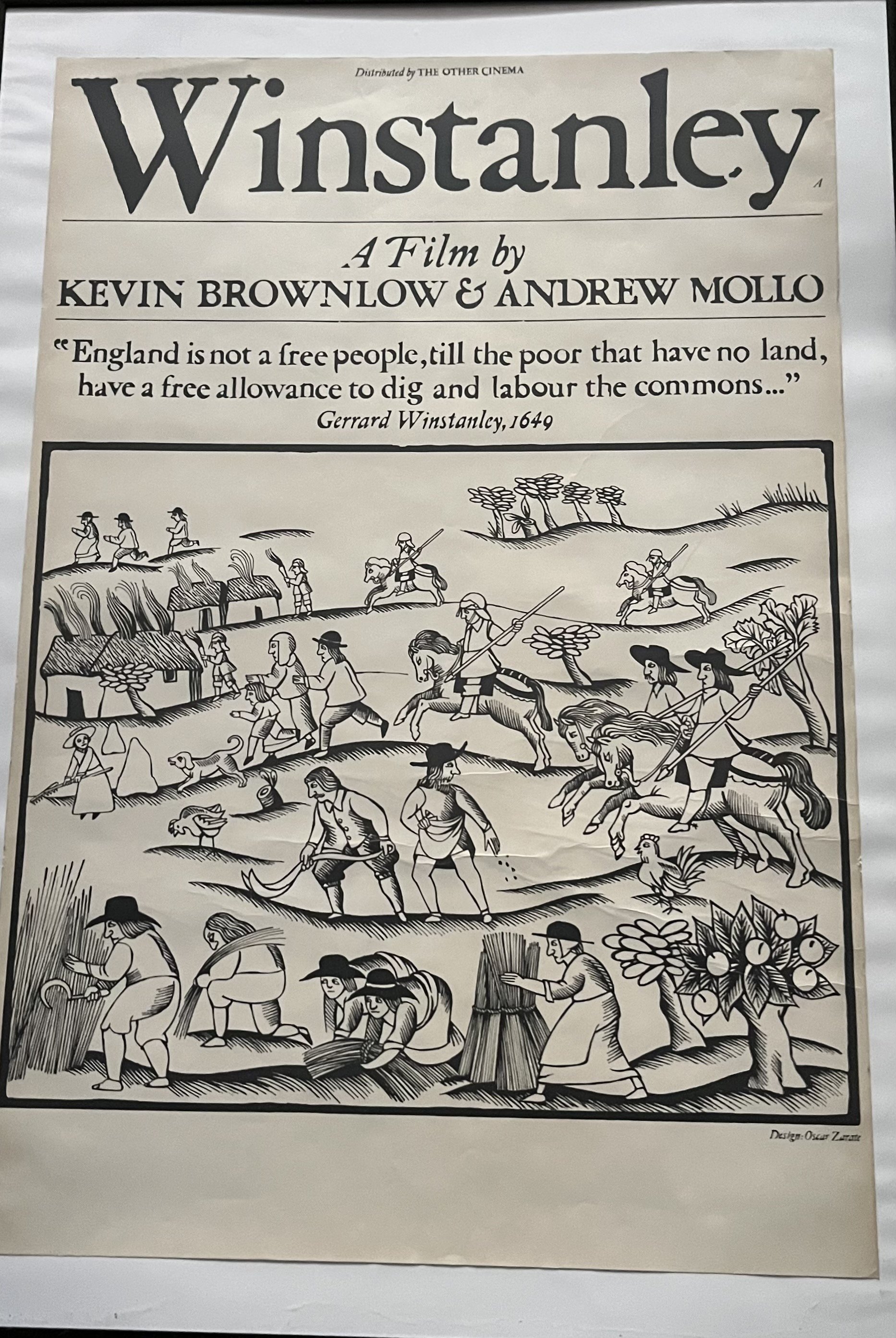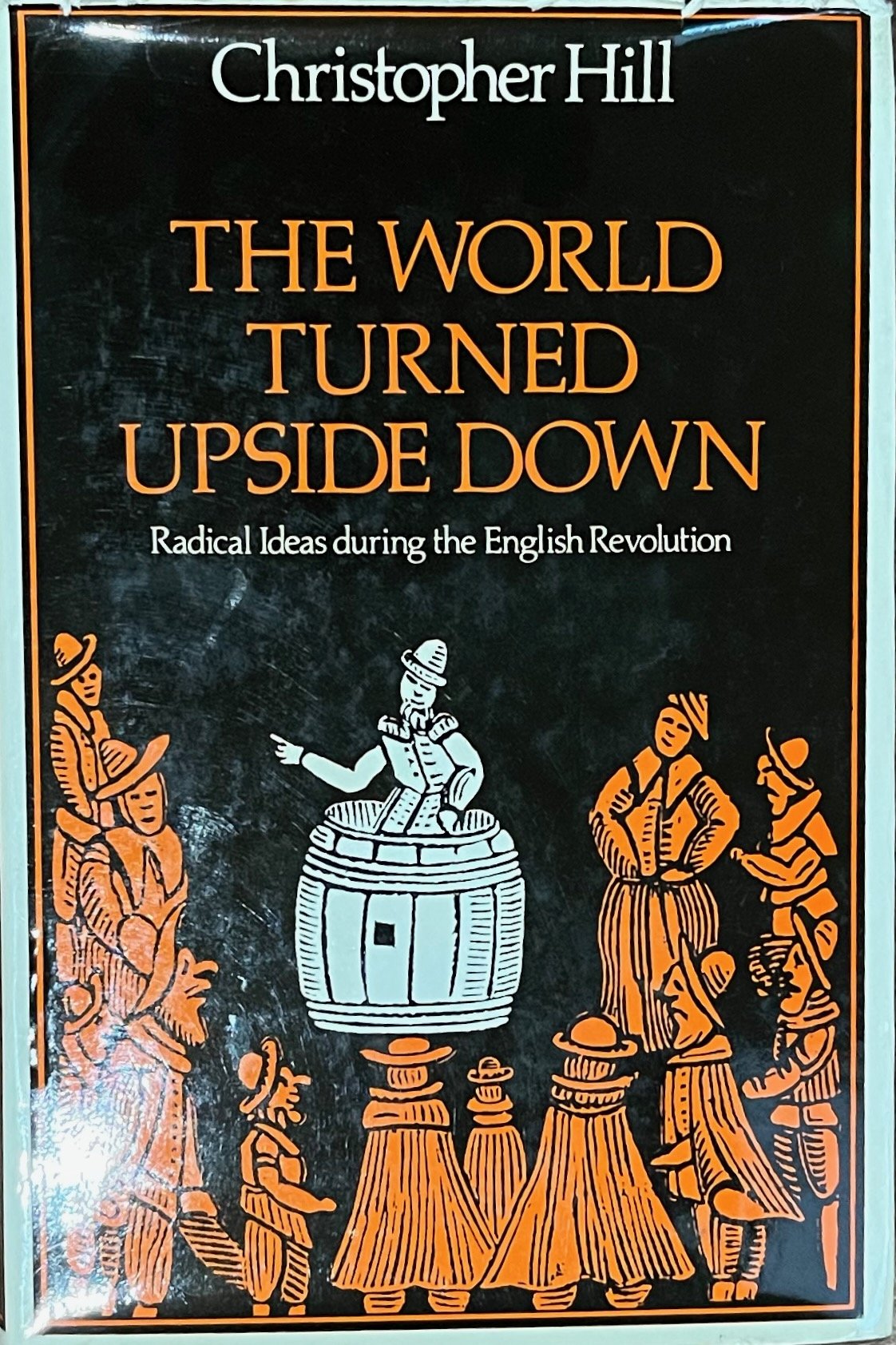In my last blogpost, I noted the point made by one participant at our Experiencing Political Texts workshop in York, that the correspondence of early modern men and women has been viewed differently. Whereas that of men who participated in politics has been read as a political text, that of women (even powerful and influential women) is often dismissed as gossip. That observation led me to ponder what makes a text political. Katie East addressed this point explicitly in her paper at the second part of our workshop on the materiality of texts, which took place on 28 March 2023. This is one of three themes that I want to explore here that arose out of the papers delivered on that day. The other two are the methods used by early modern authors to control or delimit the meaning of their text, and the survival of ephemeral texts.
Painting of Cicero denouncing Catiline and his conspiracy. Taken from Wikimedia Commons.
As Katie made clear, the political nature of a text is determined by several factors. Conventionally emphasis is placed on the content of the work and the intention of the author as well as the interventions of editors, commentators, or translators. Yet, as she explained, two other factors also play a critical role. First, the context(s) in which the work is written, printed, and read, and secondly the materiality of the text itself. Both Katie's paper and those that followed offered several illustrations of how context and materiality can enhance a text's political character.
Katie's paper focused on accounts of the Catiline conspiracy in ancient Rome that were published during the early modern period. She demonstrated how that story was given a new political edge: both during the Jacobite uprisings of the early eighteenth century, and in the chaos generated by the financial collapse of the South Sea Company. In her paper, Alex Plane showed how works that might be deemed apolitical in one context, could take on a political meaning in another. This was the case with the works on duelling held in the library of James VI and I. James was keen to establish his reputation as a peacemaker, yet this was undermined if members of the nobility were killing each other in duels rather than settling their issues via formal legal means. Duelling became a political matter, therefore, so too did the possession of books about it.
Sketch of Thomas Spence’s profile. Taken from the Hedley Papers at the Newcastle Literary and Philosophical Society. Reproduced with the permission of the Society.
Explicitly political works could also have their political edge heightened by being read in new contexts. Harriet Gray demonstrated this with reference to Thomas Spence's political works. Though Spence died in 1814, members of the Newcastle Literary and Philosophical Society felt the need to distance themselves from his ideas in 1817 due to both the campaign against the Society of Spencean Philanthropists in London and the activities of their own librarian John Marshall, who showed marked sympathy for Spencean ideas.
Titlepage from Thomas Gordon’s edition of Sallust. Taken from Eighteenth-Century Collections Online.
Perhaps more surprising are the ways in which the materiality of a text could render it more or less political. Katie showed how even just the title page could emphasise or de-emphasise the political nature of Cicero's speeches on the Catiline conspiracy - or be used to encourage a particular reading of them. The seventeenth and eighteenth centuries witnessed various accounts of the conspiracy, including both those that used it to call for loyalty to the existing (monarchical) regime and those that adopted a republican reading. The addition of paratextual material such as dedications and, in the case of Thomas Gordon's translation of Sallust's historical account, overtly 'political' discourses on the text, could further heighten its political character and/or a specific interpretation. Even the layout of the text on the page could contribute to this. Gordon deliberately adopted a clean, classical, layout to push his political message. This was in contrast to the busier appearance of scholarly editions which encouraged a more contemplative reading.
Page from John Spittlehouse’s pamphlet The Royall Advocate which includes the marginal note ‘Jesus Christ was no Quaker’. Taken from Early English Books Online.
Leanne Smith furthered our consideration of page layout by showing how the Fifth Monarchist John Spittlehouse deliberately used the white space at the edges of a page to draw the attention of his readers to key passages and to direct their understanding. His pointed comments in the margin alongside his account of Oliver Cromwell's speech to Parliament on 4 September 1654 encouraged readers to question Cromwell's actions and motives. While comments in the margin of The Royall Advocate such as 'Jesus Christ was no Quaker' sought to turn his readers against that radical sect.
The page from The True Patriot’s Speech at Rome which gives the false imprint. Taken from Early English Books Online.
Finally, Joe Hone showed us how even something as apparently innocuous as the imprint could enhance the political character of a text. His paper focused on the short pamphlet The True Patriot's Speech to the People of Rome. Though printed in London in 1708, the imprint read 'Amsterdam, 1656'. Joe argued that 'Amsterdam' was used repeatedly around this time as shorthand to indicate the republican or anti-monarchical content or implications of certain texts. In this sense it was not a way of avoiding censorship (as might be thought) but rather a declaration of allegiance. Similarly, dating the pamphlet '1656' suggested its relevance to the period of the English republic, and encouraged the audience to read it as a counterpart to key republican texts such as James Harrington's The Commonwealth of Oceana and Marchamont Nedham's The Excellencie of a Free State, both of which appeared that year.
Ben Jonson’s poem ‘To Groom Idiot’ taken from https://www.luminarium.org/sevenlit/jonson/groomidiot.htm
We have already seen, with reference to Leanne's paper, how the materiality of the text could be used to encourage a particular political reading of it. This point was explored from a different perspective in Ruth Connolly's discussion. Ruth showed how Ben Jonson made careful use of punctuation to contain and control the meaning of his works. First, he made clear his expectation of readers in his poem 'To Groom Idiot', which criticises the eponymous recipient of the poem for failing to understand the punctuation of his works and for laughing in the wrong places. By this means Jonson created expectations as to how his works should be read. Secondly, Ruth used several specific examples to illustrate how a subtle change in punctuation - for example from a colon to a question mark - could alter the meaning of the text - and even how in a letter to Cecil from 1605 a colon was used to imply a meaning that was not explicit in the written words. Despite being very different kinds of writers, both Jonson and Spittlehouse used technical features of their texts to direct the reader's response. This is, of course, something we also see being used much more systematically in the elaborate bindings produced by Thomas Hollis for the works he disseminated, and in the marginal notes he added to those texts, which I explored in a previous blogpost.
The copy of Thomas Spence’s lecture held among the Hedley Papers at the Newcastle Literary and Philosophical Society. Reproduced with the permission of the Society.
Finally, having been prompted by the papers delivered at York to think about the ephemerality versus the durability of early modern texts, I was interested to hear in the final panel about examples of ephemeral texts surviving under what might seem strange circumstances. Alex Plane explained that there is in James VI and I's Library an edict against duelling issued by Louis XIII of France in 1613. This is exceptionally rare - indeed it appears to be the only surviving copy. Its presence in James's library is probably due to Henry Howard, who was commissioned by James to write a work for him that was critical of duelling. To prepare for this task, Howard produced a common place book on the subject, and probably collected the edict as part of an information gathering trip to France. In her paper Harriet Gray reported that ephemeral material relating to Thomas Spence and John Marshall (including the only extant copy of Spence's original lecture 'Property in Land Everyone's Right' and Marshall's Newcastle Swineheard's Proclamation) can be found among the papers of the Newcastle Literary and Philosophical Society. Their survival is due to the concern among members to distance the Society from both Spence and Marshall, it is even possible that placing the texts in the collection was more about hiding them than preserving them (or at least about controlling the context in which they were read). They were not easy to locate or access - as reflected in the fact that the Spence pamphlet was only discovered in 2005.
In my reflections on the first part of our workshop, I suggested that it had enhanced my understanding of how political works were produced and read in the early modern period. The second part deepened this, not least in encouraging me to think more about early modern cultures of reading and writing. Both Jonson and Spittlehouse took great care to guide their readers. Alex's description of James taking his courtiers on what were effectively writing retreats and having them surround him at dinner to discuss recently published pamphlets and draft responses to them, suggests a different kind of reading and writing culture from the image of an author sitting at a desk scribbling in the margins. Do we also, then, need to think again about our own cultures of reading and writing? What do readers need to know in order to properly to understand modern political texts?













